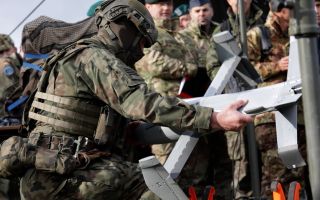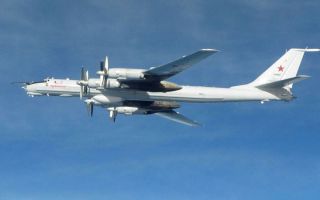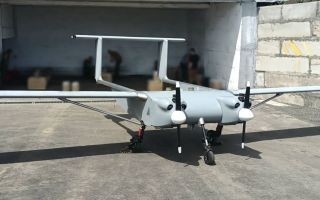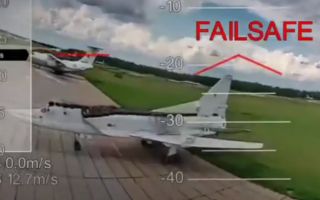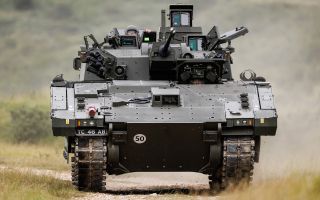Euro leaders back Nato allies' defensive drone wall and here's what's on the wish list
European leaders have backed plans to put up a drone wall – a defensive system to protect the region – after a number of Russian drones were spotted over Nato allies' airspace.
The decision follows a number of incidents. In Poland, Russian drones were shot down after entering its airspace, unidentified drones forced the closure of two airports in Denmark and, a similar incident near Munich airport left 17 flights grounded.
Russia, however, denies any involvement in drones flying into airspace over Denmark, Poland, Estonia and Romania.
Officials and analysts say such incidents have exposed gaps in Europe's ability to defend itself against drones.
Which is where the idea for a drone wall was born.
Drone wall explained
The idea is that Nato allies will work together, providing some of their best kit to create a shield around European allies and protect them against Russia.
Many Nato allies are already closely cooperating with Denmark by sending units out there, with the latest being a specialist Royal Air Force Regiment counter-drone unit to help boost security.
The RAF Regiment has highly trained personnel and advanced technology that can rapidly neutralise the threats from unauthorised drones.
Nato's Secretary General Mark Rutte has also backed the idea of a drone wall, calling it "timely" and "necessary".
What could Nato add to its drone wall wish list?
French president Emmanuel Macron says, for starters, "we need advanced early-warning systems to better anticipate threats".
AWACS E-3A airborne warning and control system aircraft
It's already Nato's eye in the sky – providing the alliance with immediately available air and maritime surveillance, airborne command and control, and air battle management capability.
The AWACS provides surveillance and detection of targets, including low-flying drones, that ground-based systems might miss.
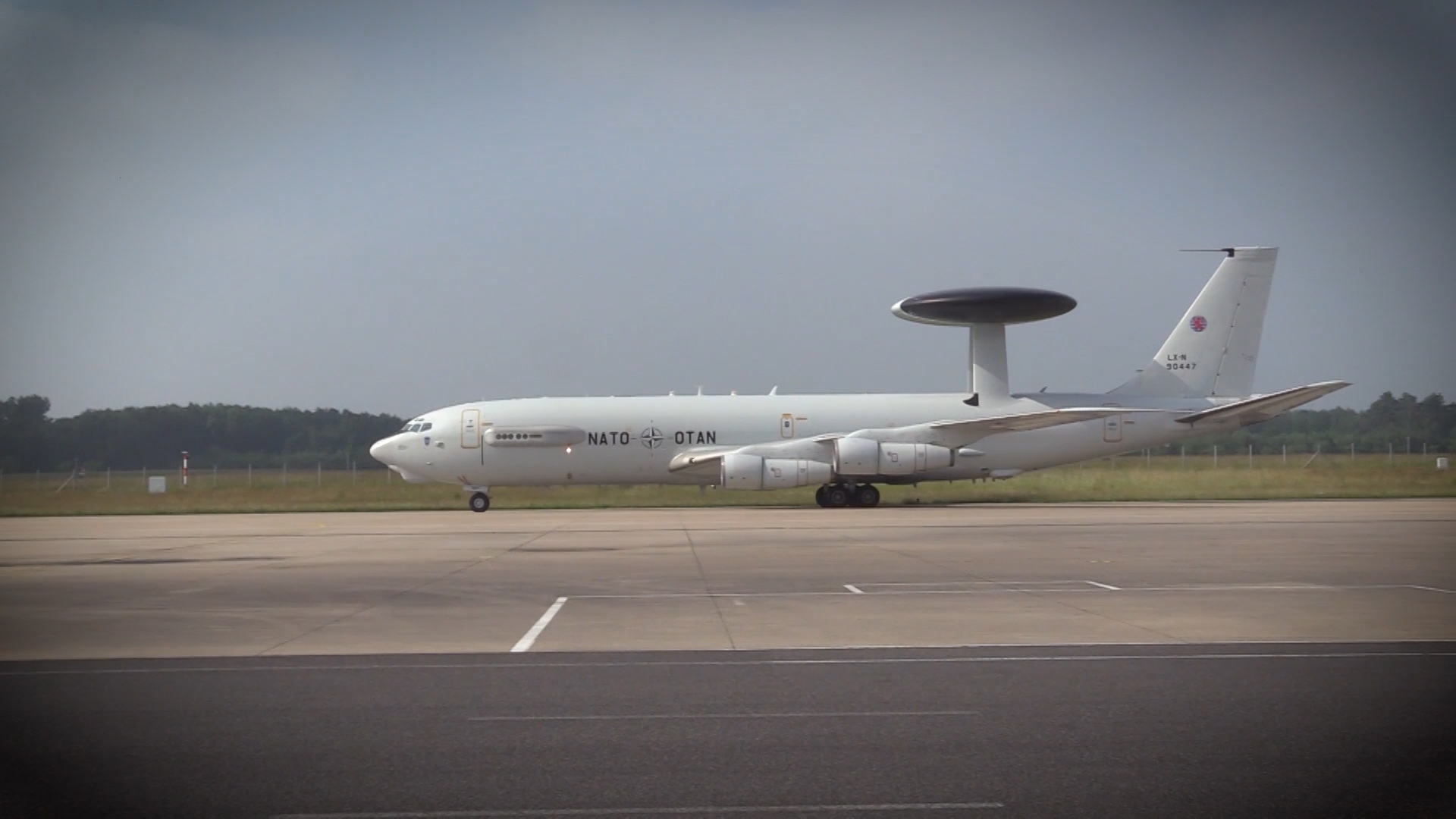
Fighter jets
UK Typhoon and Voyager tankers are already on hand, protecting Poland and the eastern flank by conducting regular patrols.
They were called up after Russian drones first entered Polish airspace.
The alliance is reliant on fighter jets or helicopters with weaponry to take down unauthorised drones.
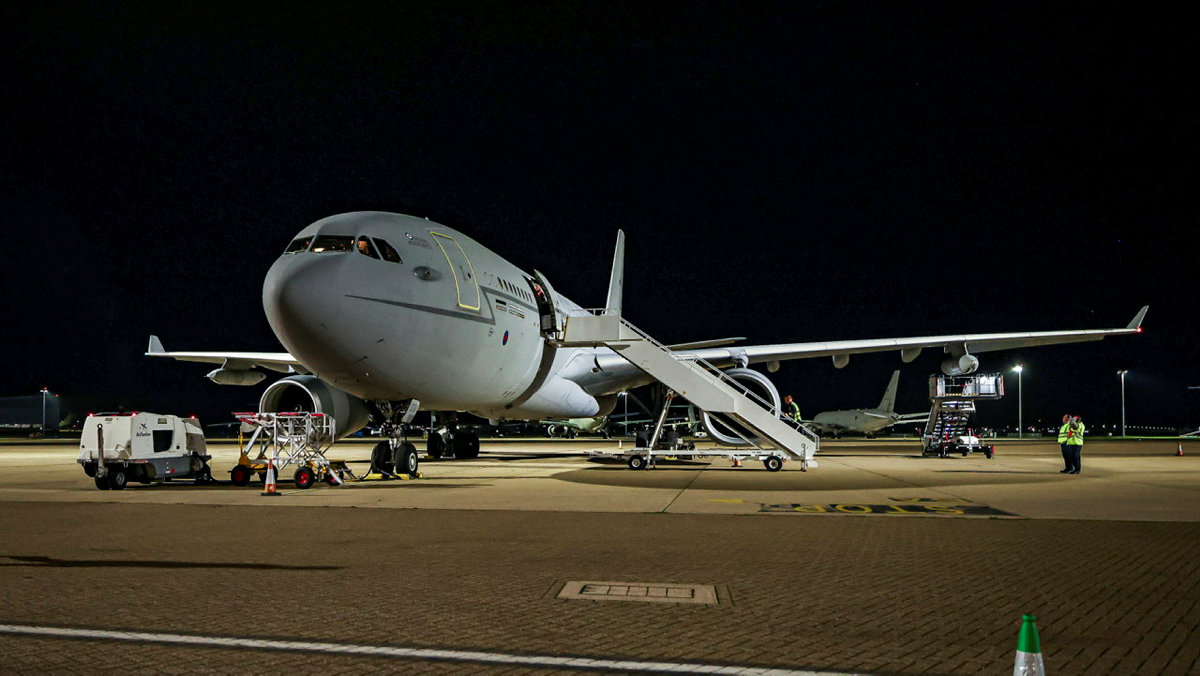
Air defence systems
One example of an air defence system is the Giraffe radar, which is part of the Royal Artillery Sky Sabre system.
The UK ordered 11 Giraffe 1Z 3D air surveillance radars in 2023.
It's a lightweight, multi-mission, 3D surveillance radar for air and surface surveillance known for its capable drone detection.
Interceptor drones
The war in Ukraine has taught Nato allies more about drone warfare than any other conflict, including how effective interceptor drones can be.
The UK and Ukraine announced a major new partnership to mass-produce interceptor drones, known as Project Octopus.
These drones are a cheaper solution to countering the drone threat – saving more advanced systems to target cruise missiles.
Air defence missiles
One example could be the use of surface-to-air missiles such as the UK Sky Sabre.
It's a high-tech piece of kit comprising three elements – radar, command and control and its missile launcher.
It can control 24 missiles simultaneously while in flight and guide them to intercept 24 separate targets.
The missiles have a range of 25km, and it has a radar range of 120km.
Anti-aircraft machine guns
Nato forces will probably line the borders with weaponry to act as a deterrent.
One possible weapon could be Germany's Gepard – an anti-aircraft gun tank nicknamed the Cheetah.
It has an S-Band surveillance radar range of 15km and is armed with two 35mm machine guns.
It's capable of engaging with aerial targets at 5,000m and a height of 3,500m.
Lasers
We have seen an increase in lasers, with Israel becoming the first nation to deploy a laser defence system – the Iron Beam.
But it requires a huge amount of power – so might not be useful for a drone wall operating 24/7.
Microwaves
Specifically designed for invisible strikes against swarming combat drones.
British soldiers have used a weapon that uses radio waves to take down a swarm of drones.
The Radio Frequency Directed Energy Weapon is cheap to fire – bringing down a drone swarm for just 10p per shot.
But they're only capable of hitting targets up to 1km away.

